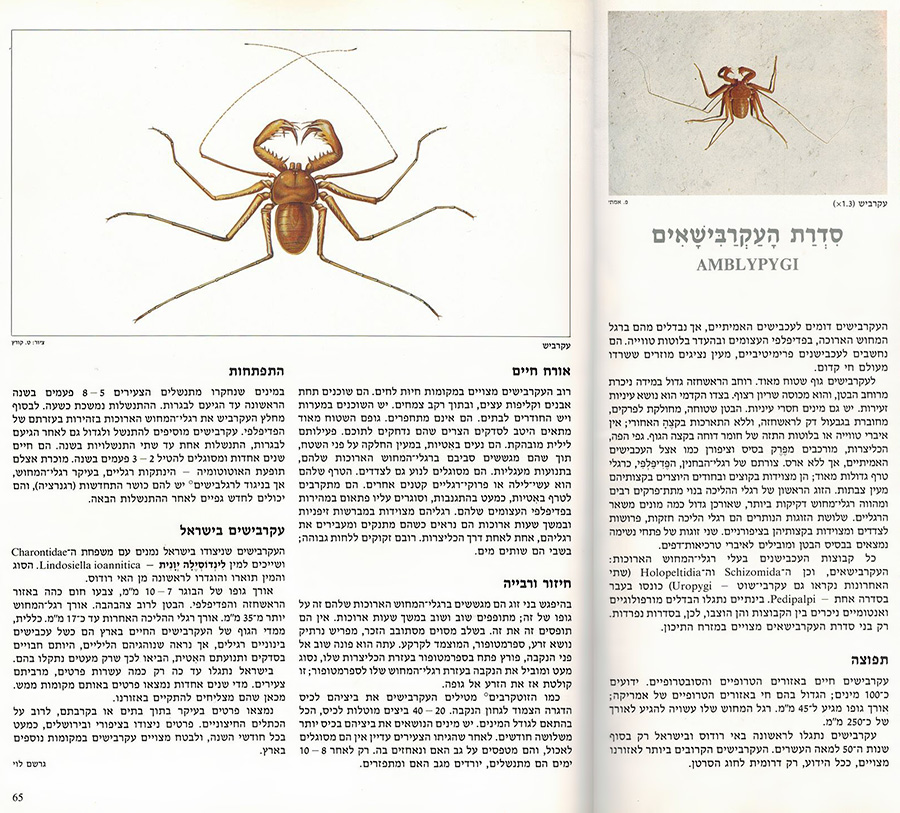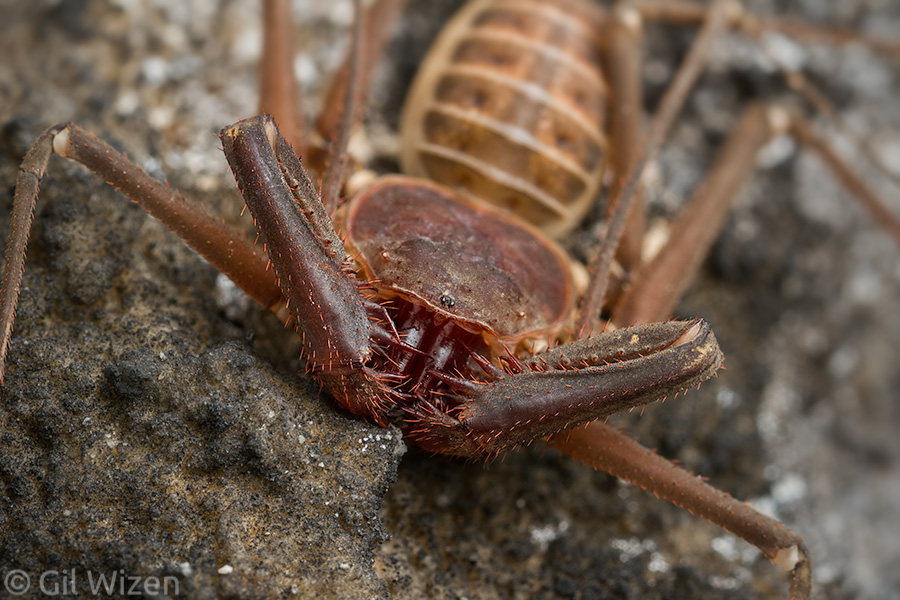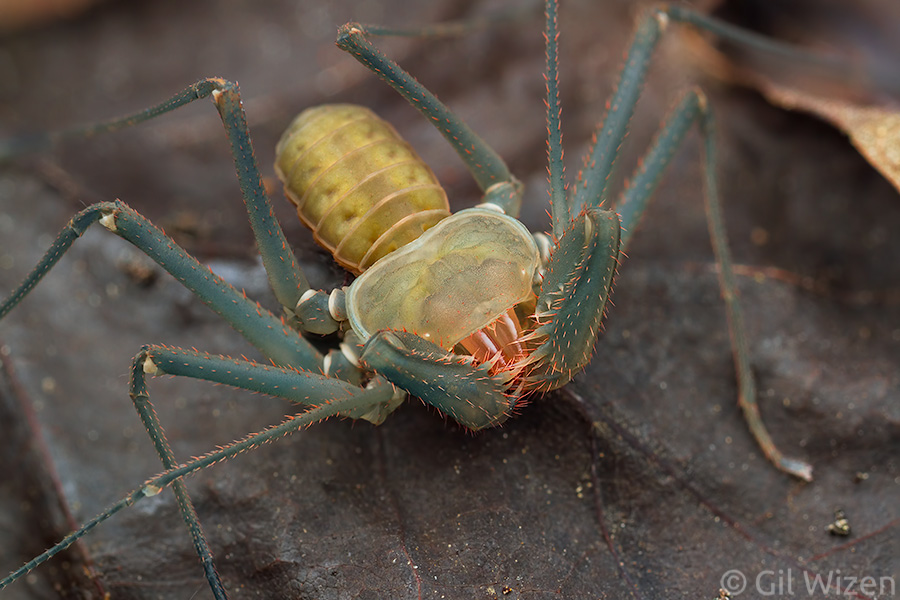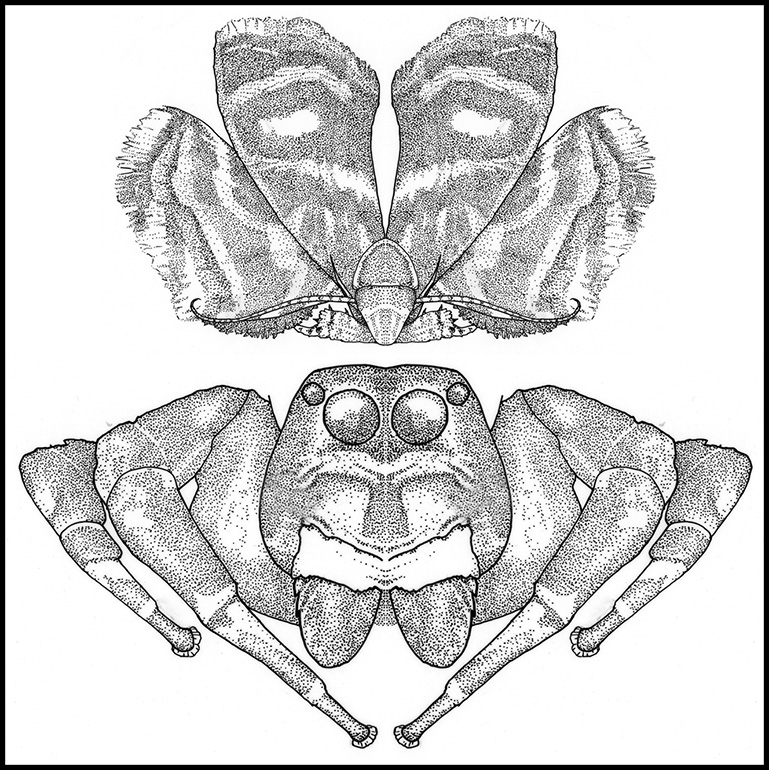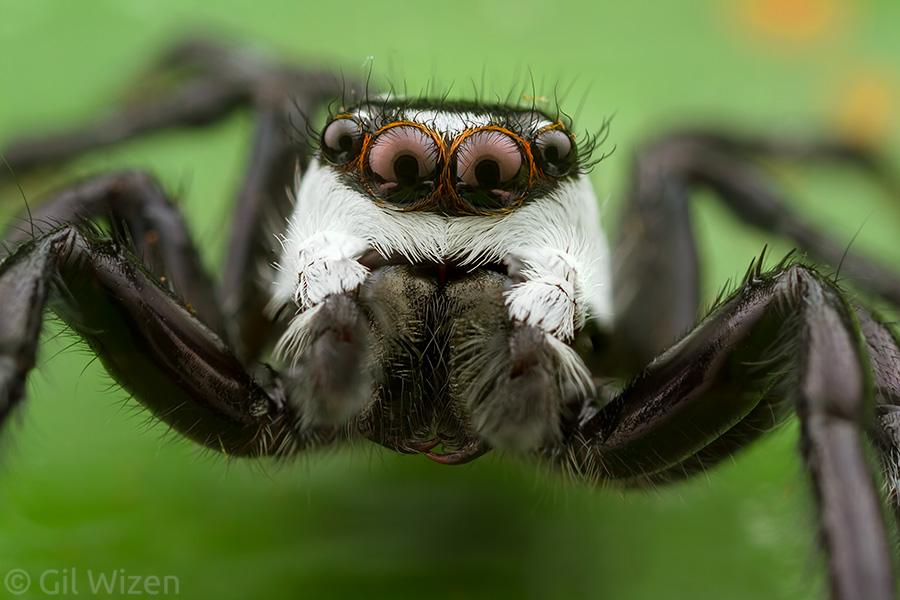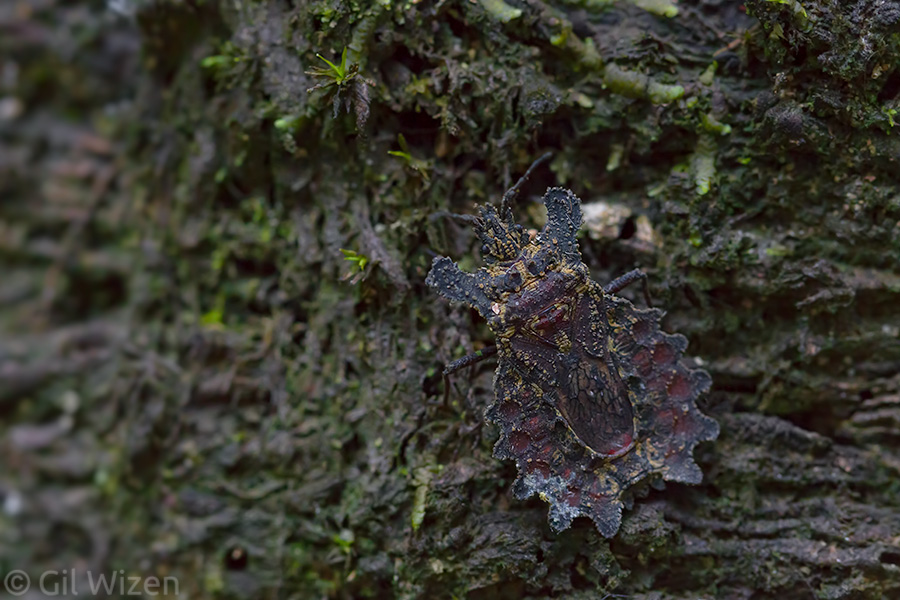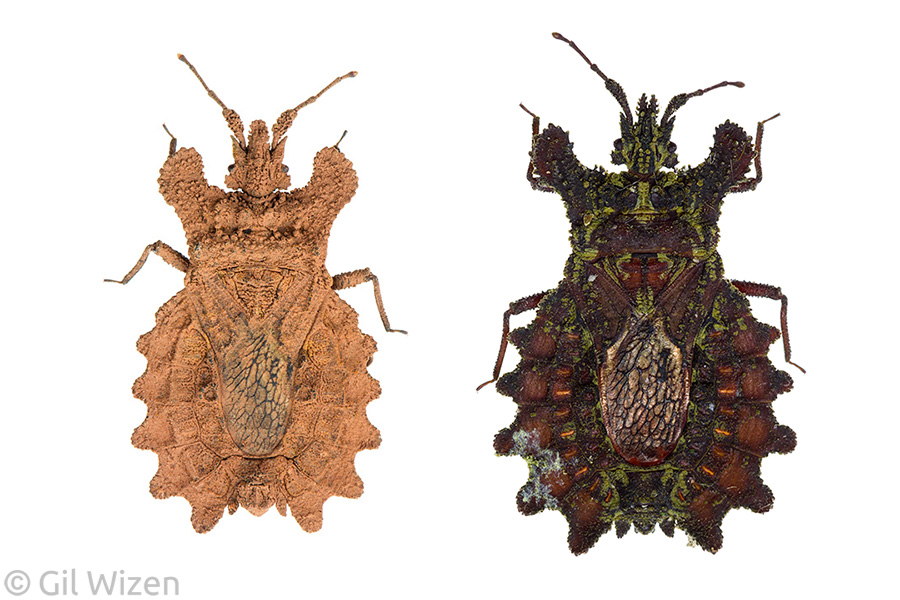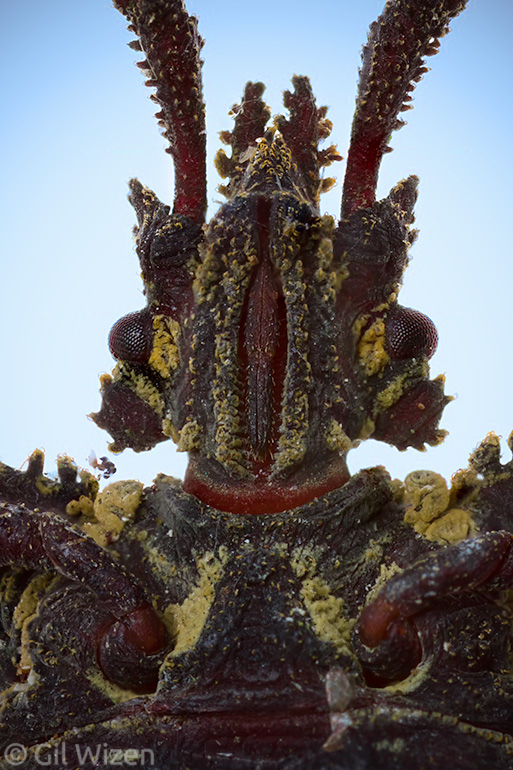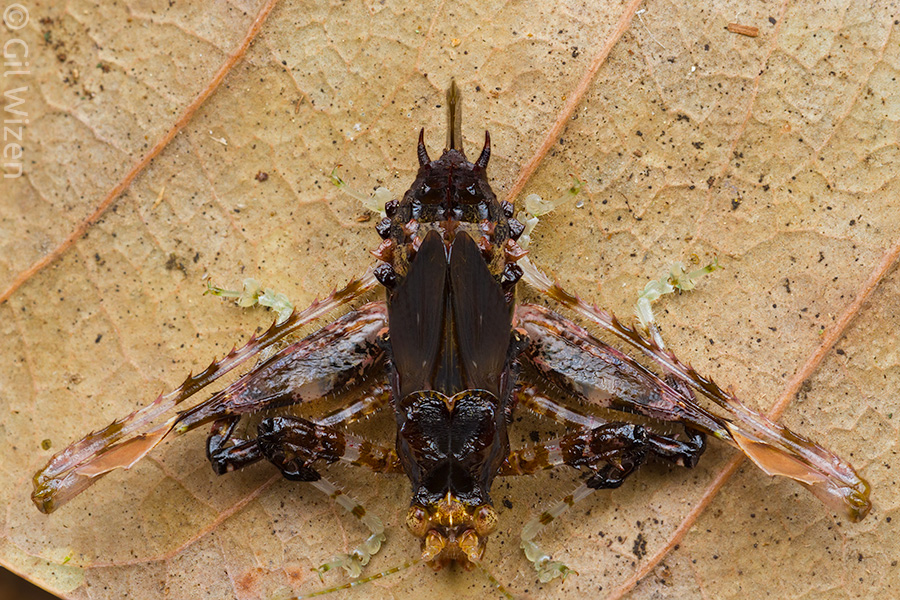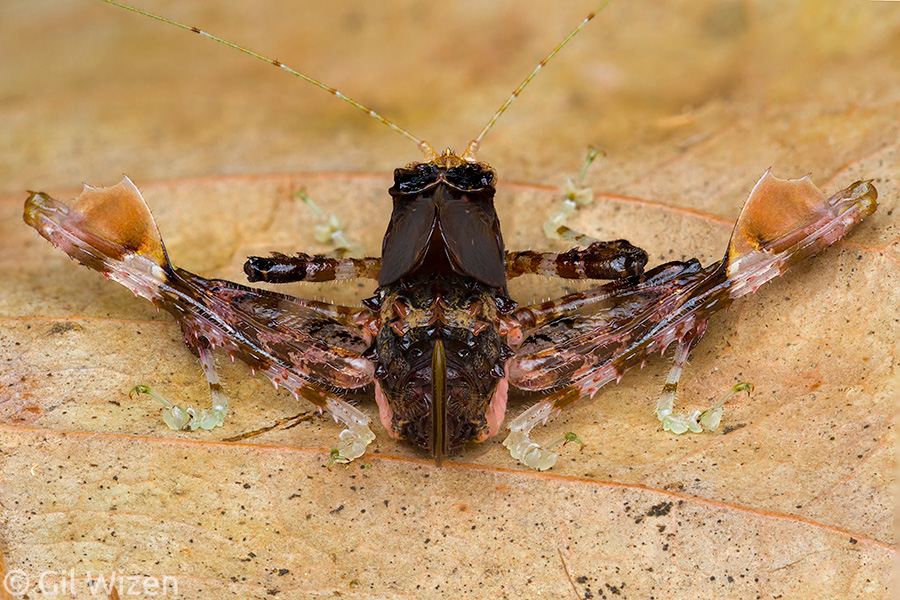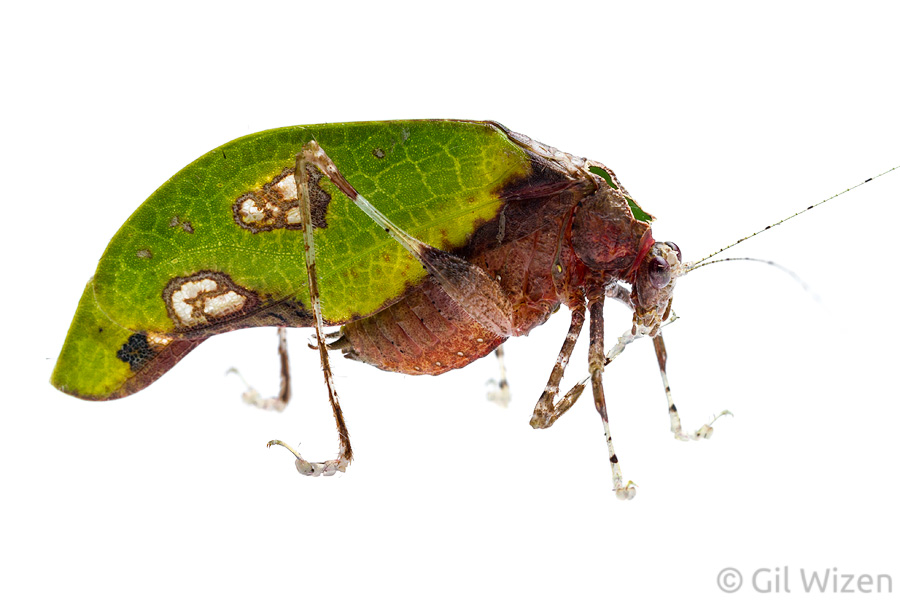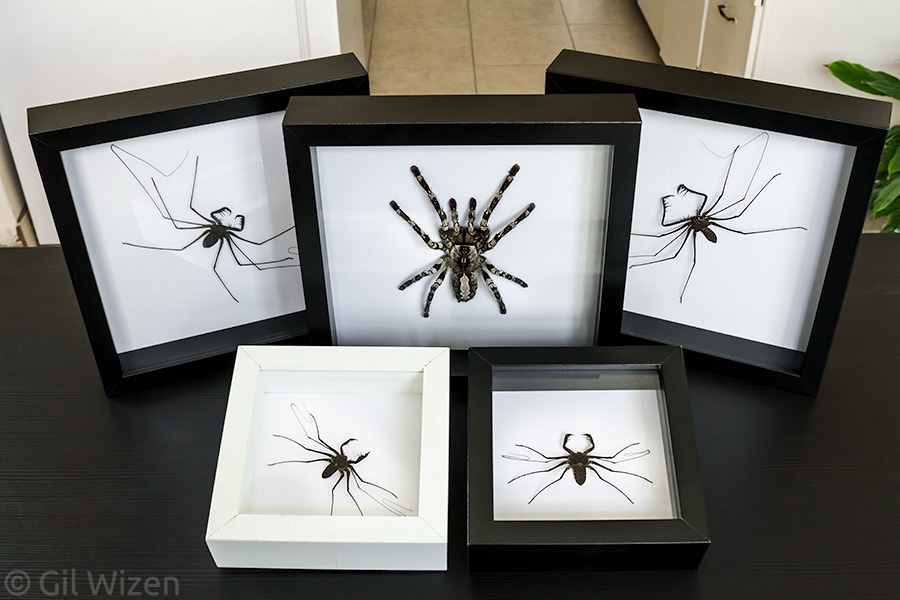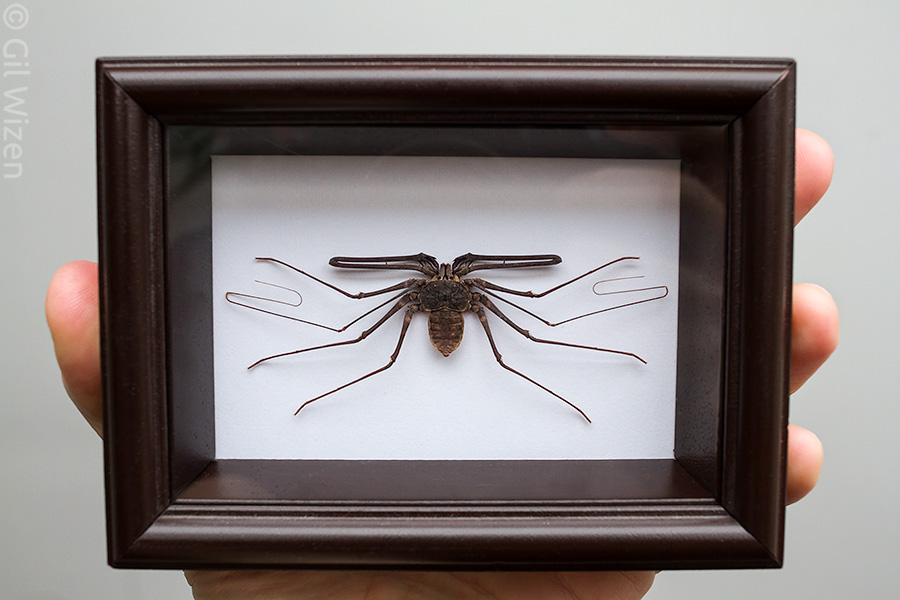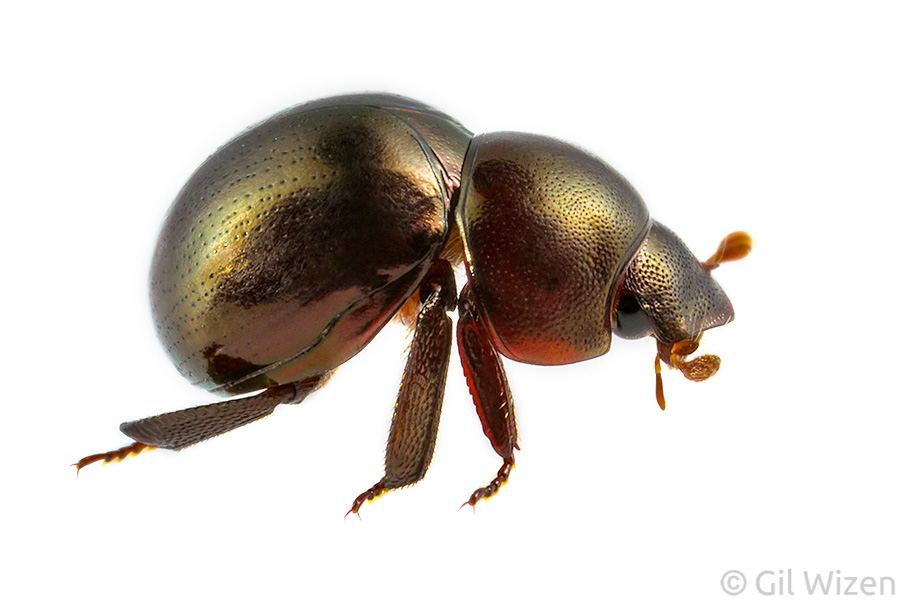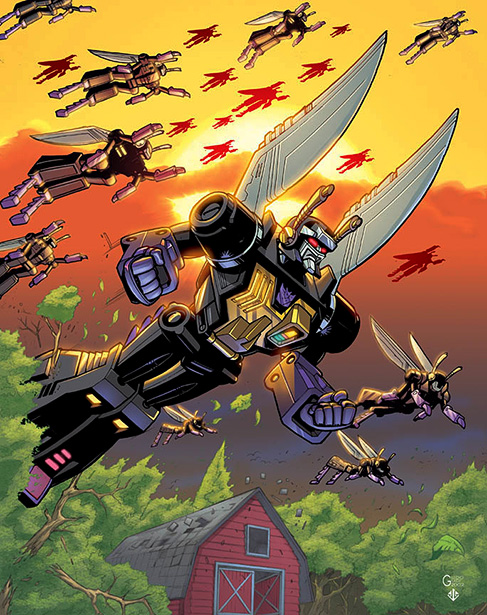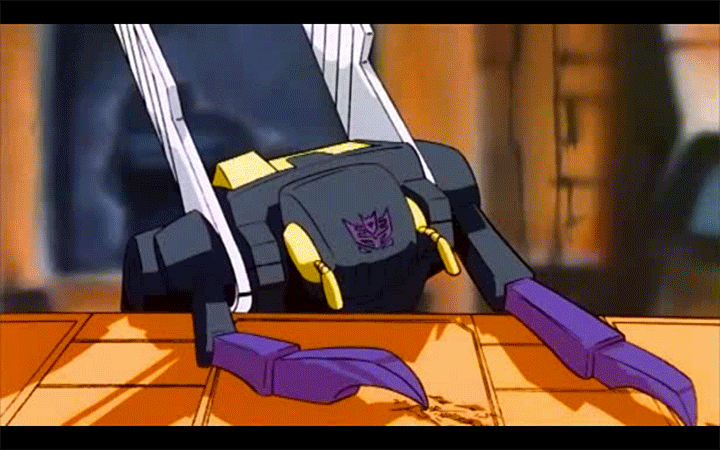The Laowa 15mm f/4 1:1 Wide Angle Macro lens has been around on the market for several years now. I mentioned it briefly in my series of posts about wide-angle macro photography. It is currently the only wide-angle lens capable of achieving 1:1 magnification ratio. When I first heard about this lens I was intrigued to say the least, but also immediately put off by the lack of automatic aperture control (I no longer see this is a problem – more on this later). Still I was curious about it and was waiting for a chance to give it a try. Fortunately, an opportunity to play with the lens came up during my last trip to Ecuador. My initial impression was that of – oh boy, this lens is a lot of fun. I was therefore delighted when Venus Optics Laowa contacted me a few months ago and asked if I wanted to give the lens a thorough test run. Despite this fact, this is not a paid review and the content below is based entirely on my personal impressions.

Dog day cicada (Neotibicen canicularis) molting to its adult stage
Also, this is not going to be a very technical review. If you are reading this post, I assume you already know the lens is lightweight, has full metal construction, a de-clicked aperture ring, and feature an innovative shift mechanism. What I am more interested in is its practical uses, more specifically – is it useful for wide angle macrophotography of small subjects?

Venus Optics Laowa 15mm f/4 1:1 Wide Angle Macro lens
After testing it for a while, I strongly believe that this is the most versatile lens existing on the market at the moment. It is a jack-of-all-trades. This is the one to choose when you can take only a single lens with you. However, no lens is perfect and the Laowa 15mm has its weak points (which I discuss below). I tested it on a crop sensor camera (APS-C). Unless otherwise mentioned, all photos in this post were taken at f/16 or close, with a twin macro flash used as a fill-light.
Lens attributes to note
Aside from its construction and weight, the Laowa 15mm lens is very sharp. Wide open it has very good sharpness in the center (corners are softer, typical for a wide angle lens), and it stays sharp all the way down to f/16. Diffraction starts creeping in and being noticeable at f/22, producing soft images. Overall I found f/11-f/16 to be perfect and most usable, but it depends on the desired result.

Soapwort flower (Saponaria officinalis) photographed with the Laowa 15mm lens

100% crop of the above image. The lens captured detail of tiny thrips crawling on the petals. Impressive!
Chromatic aberration is typical for a wide angle lens, I did not see anything out of the ordinary. Of course if you shoot scenes that are very high in contrast (for example, sky peeking through the forest canopy) you will get very noticeable CA in the frame. If you like sunstars the good news is that this lens produces nice-looking 14-pointed sunstars. Lens flare is surprisingly well controlled in this lens. It comes with a detachable lens hood included in the box, but I never found myself using it.
Operation
The lens requires a break-in period similarly to other specialty lenses like Canon’s MP-E. The learning curve is steep at first.
Shooting with a stopped-down aperture darkens the viewfinder, making it difficult to track and focus on your subject. In this case liveview mode or a bright focusing light can help. Occasionally, when photographing with the sun behind your back the lens will cast a shadow over the subject. A setup with a diffused fill-flash is useful to light the scene. The lens can still be used in natural light, but you will benefit from holding a small reflector close to the lens in order to bounce some light onto your subject and eliminate the shadow from the front element.
One of the praised attributes of the Laowa 15mm lens is its ability to achieve 1:1 magnification ratio, taking it from wide angle to true macro realm. However, this is also its main shortcoming. Going to 1:1 will require you to get very close to the subject (about 4mm), at which point the large front element of the lens will cast a shadow over the subject, making it difficult to light it properly. I have seen creative solutions for this issue, so it is not entirely impossible.
The aperture ring is de-clicked and turns smoothly, but I found the focusing ring a bit to tight to turn. The position of the rings on the lens requires getting used to: the aperture ring sits at the front of the lens barrel, whereas the focusing ring is at the back (in sharp contrast to just about any other lens out there). I consider this a design flaw – I found myself mistakenly turning aperture ring when I intended to turn the focusing ring, and vice versa. It really does not help that the aperture ring is de-clicked in this case.
Wide Angle Macro
In my opinion this is the primary use of the Laowa 15mm lens. When used correctly, it gives an unparalleled perspective of the subject and its surroundings, shrinking us, the viewers, to become a part of its small-scale world. This is one of the only lenses on the market that can go from this:
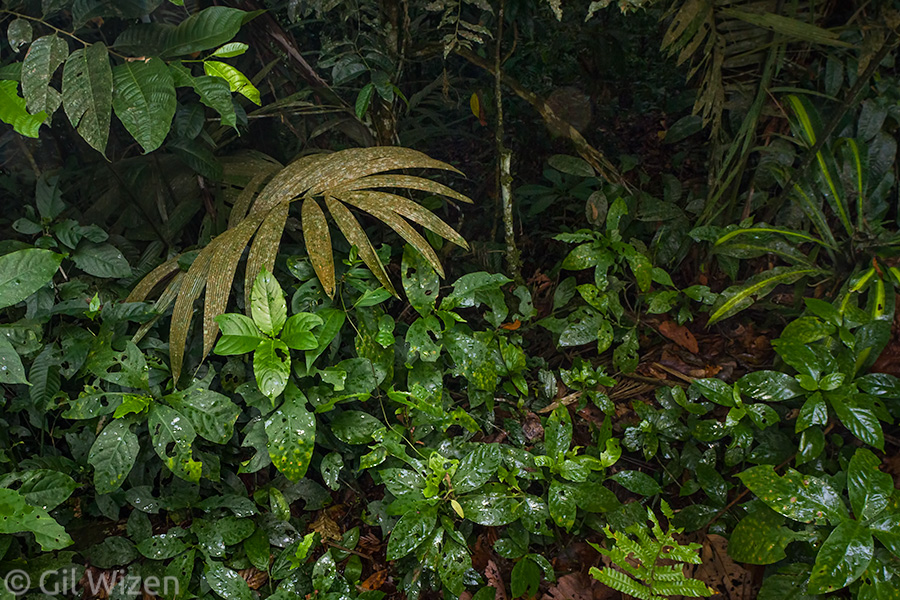
Who’s hiding here?
to this:

Can you spot it yet?
then this:
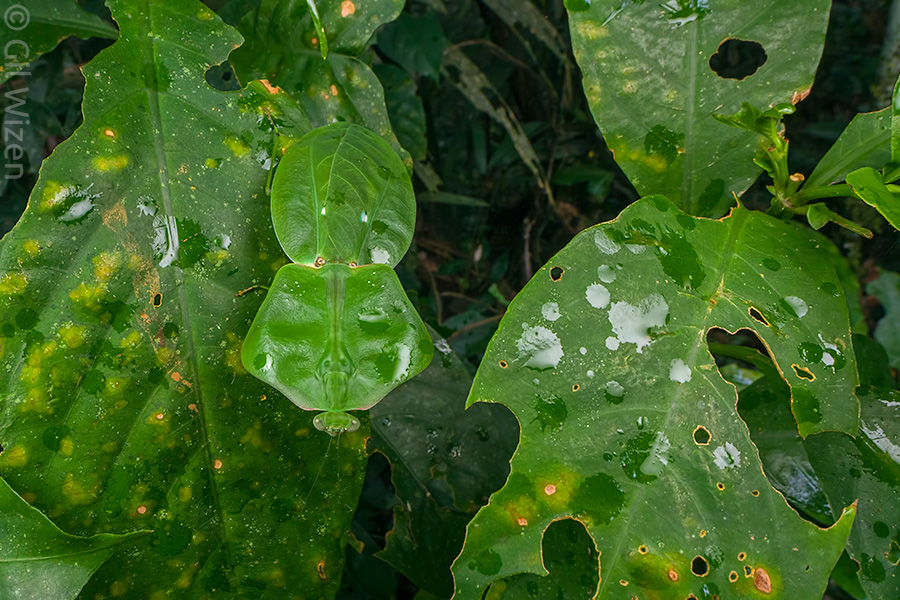
Hooded mantis (Choeradodis stalii) camouflaged on a leaf
and finally this:

Hooded mantis (Choeradodis stalii) ambushing insects on a leaf
I find this flexibility incredible (but wait! There is more! Read on).
Here are some more examples for wide angle macro taken with the Laowa 15mm lens.

American toad (Anaxyrus americanus)

Red admiral (Vanessa atalanta) basking in the sun. This photo was taken in natural light.
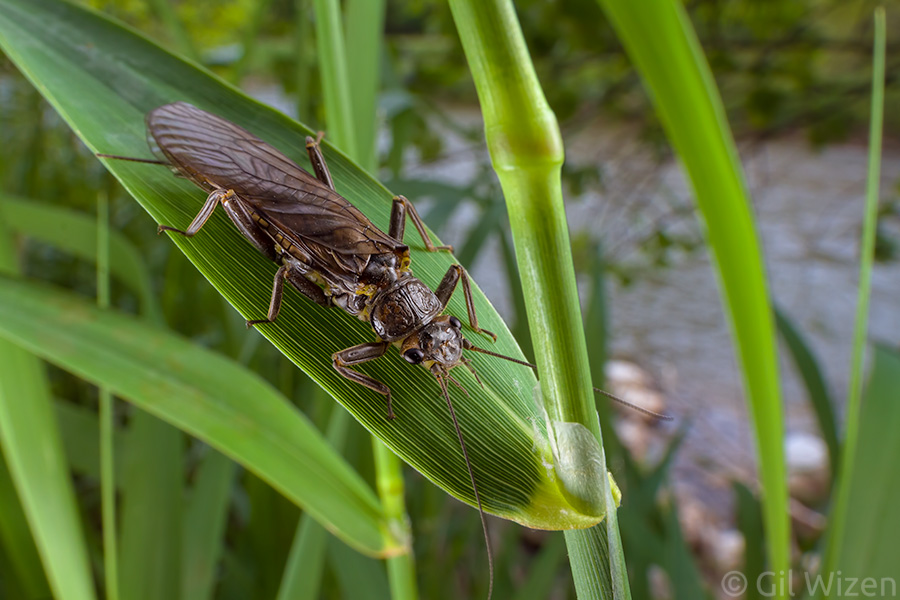
Northern stone (Agnetina capitata) resting on plants next to a river

Yellow hornet (Dolichovespula arenaria) assembling at the entrance to their nest. You can imagine how close I was to the nest in order to take this photo. I got an adrenaline rush from it.
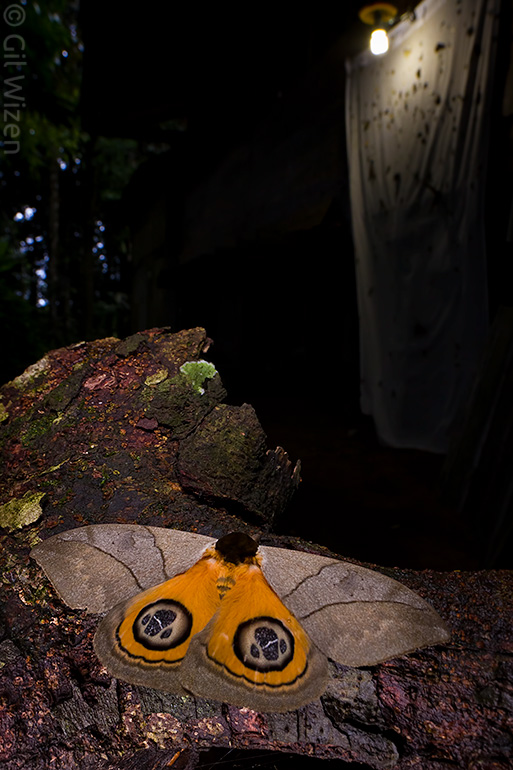
Automeris sp. (Saturniidae) resting close to a light trap in Ecuador
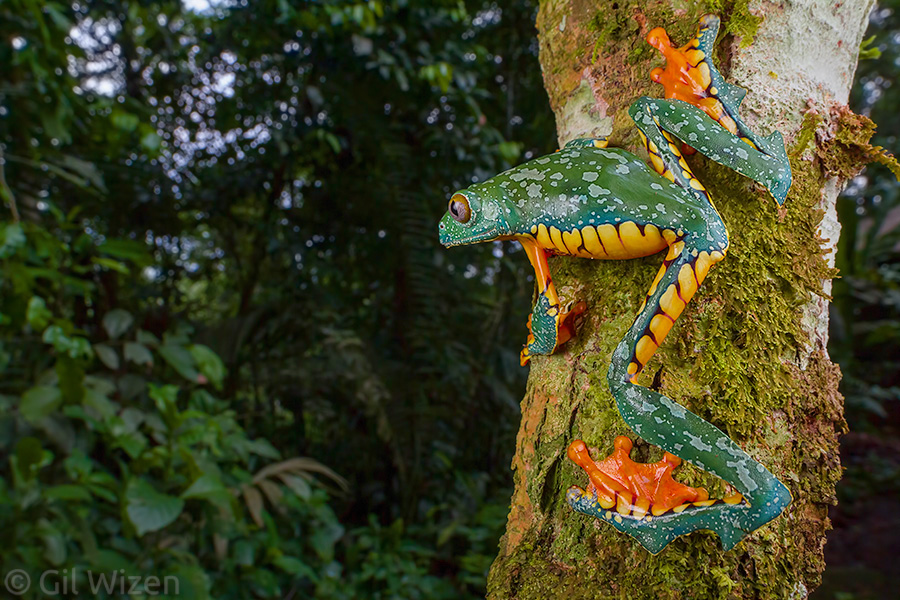
Fringe tree frog (Cruziohyla craspedopus) preparing to jump into the rainforest vegetation
By the way, this lens produces very nice results for flower photography.

Sulphur cinquefoil flowers (Potentilla recta)
Wide angle macro is not all about “taking it all in”. Here are some examples of this style with less emphasis on the surroundings.

A more intimate point of view on an American toad (Anaxyrus americanus)
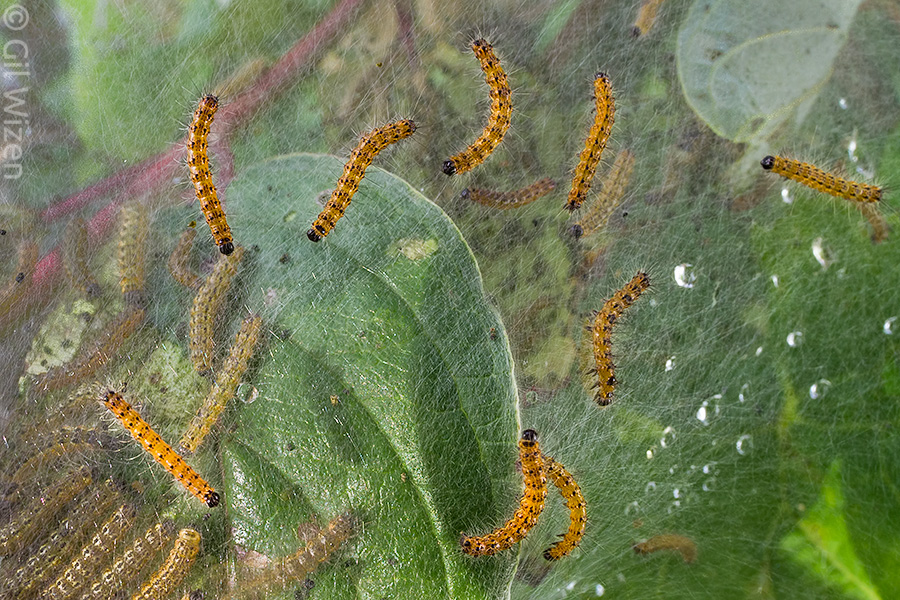
Aggregation of moth caterpillars on a communal web
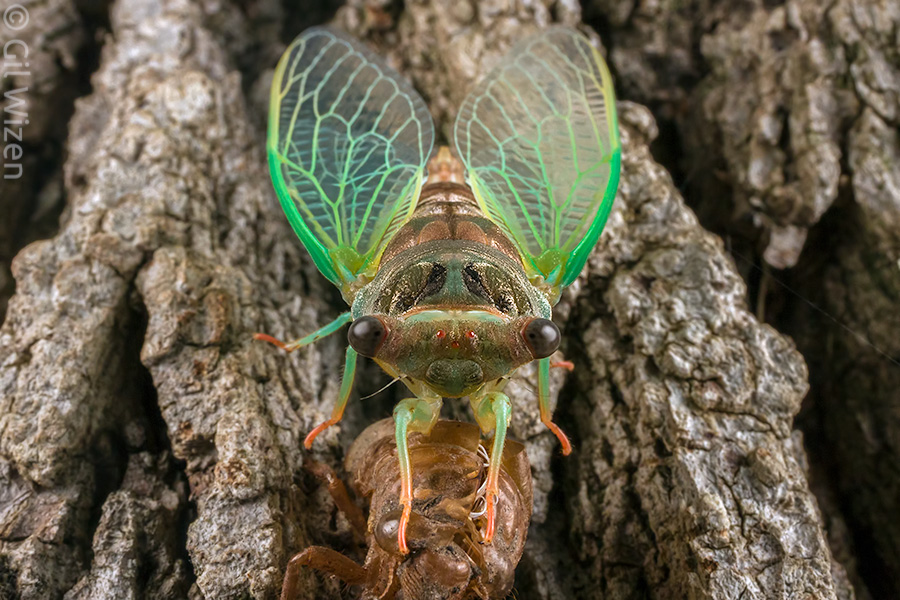
Dog day cicada (Neotibicen canicularis) molting to its adult stage
The background rendering of the Laowa 15mm lens is unique and might be a little difficult to describe. A friend of mine described it as being “metallic”, and I somewhat agree.

Ecuador poison frog (Ameerega bilinguis) active on the forest floor
The important thing to remember is that the closer you get to your subject and the higher magnification ratio you use, the more you are stepping into real macro and out of wide angle macro. This means that details in the background will become less and less noticeable. Even if you photograph with a closed aperture most of the background will be out of focus. See my next point.
Pure macro mode at 1:1
This is probably the lens’ most-discussed feature, but it is also its greatest weakness. I would even argue that one should not push this lens to the extreme of 1:1 magnification ratio. As a wide-angle lens it provides a wide DOF, however when taking it to the macro realm the background rendering is completely different and may putt off some users. Everything in the background turns into an unrecognized blurry mishmash. Unless you photograph a subject in a very dense or against a flat background, do not take this lens to 1:1. In fact, I would not take it anywhere above the 0.6:1 magnification ratio.
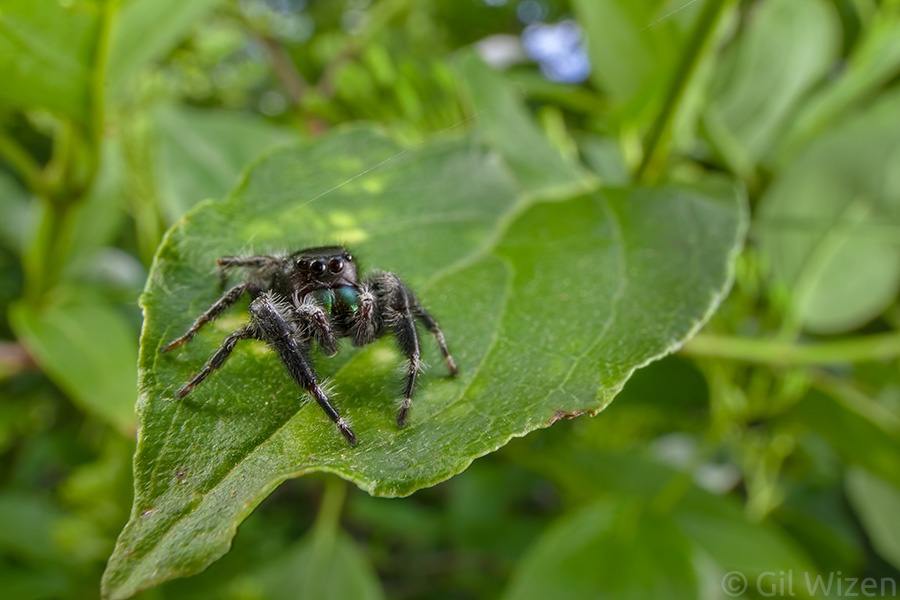
Male bold Jumping Spider (Phidippus audax). I find the background a little distracting here.

With careful compositioning, the background can be made more appealing, like in this photo of a yellow-marked beetle (Clytus ruricola).

Step back a little, and you will be rewarded with a better photo opportunity. Baby tarantula strolling on the rainforest floor in the Amazon Basin of Ecuador.
That being said, it is still useful as a macro lens. The following two photographs were taken at f/8.

This tiny hover fly was busy pollinating and did not mind the huge lens right beside it.

Closeup on purple-flowered raspberry flower (Rubus odoratus)
Landscape uses
I am not a dedicated landscape photographer, but will occasionally shoot the odd landscape if the opportunity presents itself. I tried the Laowa 15mm and the results are not too shabby. The following two photographs were taken at f/11.

The QEW bridge over Etobicoke creek in Mississauga

Norway maple (Acer platanoides). Not exactly landscape, but not exactly plant photography either. Also, a good example showing the sunstars created by this lens.
“Microscope mode”
After experimenting a little with the wide-angle properties of the lens, I started wondering what else can be done with it. Let’s examine the properties of our lens here: it is an ultra wide-angle with a filter thread on the front of the lens, it has a manual aperture ring, and lastly it has a focusing range of 10cm to infinity. You can see where I am going with this. I am going to reverse-mount it.
You now understand why I no longer see the lack of auto aperture control as a disadvantage. When reverse-mounted the presence of a manual aperture ring comes as a blessing. Surprisingly the working distance for this high magnification (above x5.5 for APS-C cameras) is decent at a touch over 4cm. This is a lightweight alternative setup for Canon’s high magnification flagship, the MP-E 65mm. Keep in mind Venus Optics-Laowa are currently working on their own high magnification lens, which will be capable of 2.5-5x magnification.
One of the main difficulties at this high magnification is to figure out what to use it for. Many macro subjects are just too big to fit in the frame. Nevertheless using the Laowa 15mm reversed opens up a whole new world of possibilities. All of the following photographs were taken at f/5.6. My first attempts were on common household pests.
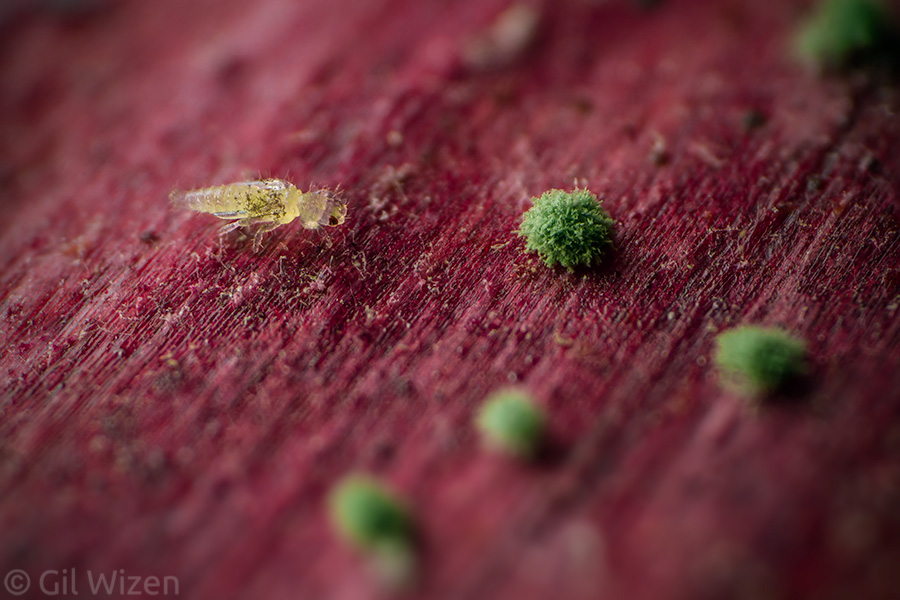
Baby thrips strolling in a miniature garden. The “bushes” are clusters of mold. If you are wondering about the purple color of the habitat, that’s because they are photographed on a red onion.

A tiny (0.8mm) psocopteran wandering through an alien landscape that is a sweet potato.
I then moved to test the image quality of the reversed lens, using the classic “scales on a butterfly wing” approach. I was amazed by the sharpness of the lens when mounted this way. The DOF is shallow at this magnification, but this can be solved by tilting the lens towards the subject or focus stacking.

Closeup on the wing scales of an owl moth (Brahmaea hearsey)
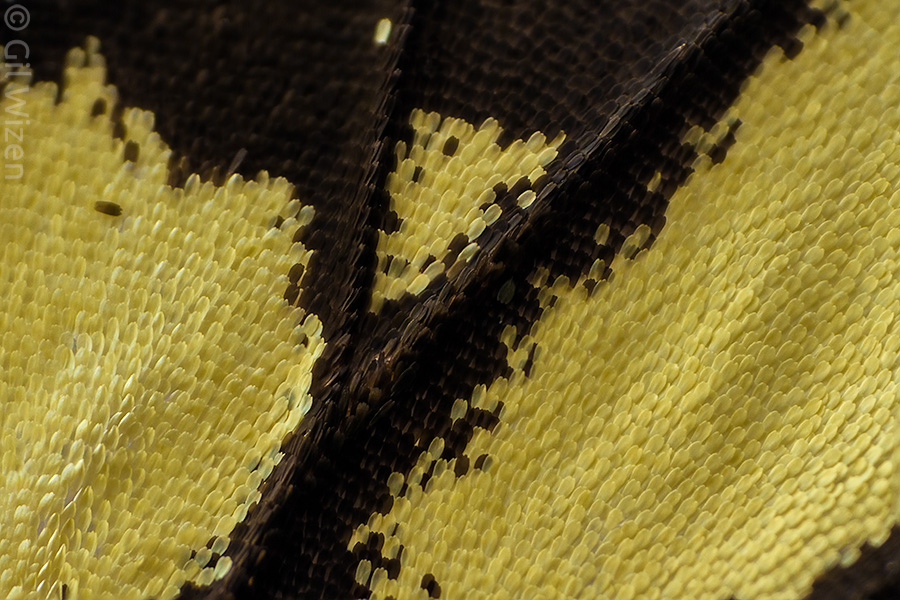
Closeup on the wing scales of the Sahara swallowtail (Papilio saharae)

Closeup on the wing scales of the Sahara swallowtail (Papilio saharae)
But what about typical macro subjects? No problem! The reversed Laowa 15mm can be used to photograph even larger subjects.

Closeup on a small jumping Spider

Springtail found in decaying wood
You can even use the reversed 15mm as a base lens for a relay system. Why you would want to use one wide angle macro lens to build another wide angle macro lens system is beyond me, but it is possible. In any case, regarding reverse-mounting the Laowa 15mm, what I really want to know is how on earth no one has done this before? This lens is perfect for reverse-mounting if you are into microcosmos photography.
To summarize my impressions of the lens –
Pros:
– Super versatile lens
– Impressive focusing range, ~10cm to infinity
– Highest magnification ratio possible on a wide angle lens, up to 1:1 but even higher when reverse-mounted
– Excellent sharpness and image quality
– Manual aperture (if you plan to reverse-mount it)
– Lightweight, small size for a wide angle lens
– Shift mechanism (if angle distortion is an issue for you)
Cons:
– Manual, no auto aperture control, no auto focus
– Placement of focusing and aperture rings not intuitive. A clicked aperture ring would be nice to distinguish it from the focusing ring
– Extremely short working distance when using 1:1
– Background rendering may put off some users
– Large front element makes it difficult to sneak up on live subjects
So the question is who is this lens for? The way I see it, first and foremost it is for anyone with a desire to photograph medium-sized subjects in their habitat. It is perfect for photographing reptiles, amphibians, plants or mushrooms. Use with arthropods can vary depending on the subject and context, but the results can be impressive. Regardless, the Laowa 15mm lens is a jaw-dropping piece of gear. It is so versatile and can be used for several different styles and purposes.
You can buy the Laowa 15mm f/4 1:1 Wide Angle Macro lens on Venus Optica Laowa’s website here.
 This is not the first time I participate in such an event. Last year I presented arachnids at Bug Day Ottawa. In fact, ever since I became interested in insects and their natural history, I have been involved in presenting them to whoever was interested: I brought live insects to lab sessions in high school, I led my mates in outdoor excursions to find spiders and scorpions during my military service, I collaborated with operating museums and insectariums as a consultant on exhibitions, and I incorporated the use of live insects in biology studies at universities to help students gain a better understanding of the courses material. More recently though, I have been more active in events aimed at the general public, in order to bring arthropods into the mainstream and help people overcome their fears. And so far, it has been a blast. Take this recent bug day in Guelph for example: I found myself smiling from ear to ear the whole time, and my table was always busy with no moment to rest, not that I am complaining. This was the first time Guelph holds a bug day event and to be honest, it was the best one I have ever been to. It was that good. But before I talk about the bug day, let me elaborate a little about public outreach and why I think it is important.
This is not the first time I participate in such an event. Last year I presented arachnids at Bug Day Ottawa. In fact, ever since I became interested in insects and their natural history, I have been involved in presenting them to whoever was interested: I brought live insects to lab sessions in high school, I led my mates in outdoor excursions to find spiders and scorpions during my military service, I collaborated with operating museums and insectariums as a consultant on exhibitions, and I incorporated the use of live insects in biology studies at universities to help students gain a better understanding of the courses material. More recently though, I have been more active in events aimed at the general public, in order to bring arthropods into the mainstream and help people overcome their fears. And so far, it has been a blast. Take this recent bug day in Guelph for example: I found myself smiling from ear to ear the whole time, and my table was always busy with no moment to rest, not that I am complaining. This was the first time Guelph holds a bug day event and to be honest, it was the best one I have ever been to. It was that good. But before I talk about the bug day, let me elaborate a little about public outreach and why I think it is important.


